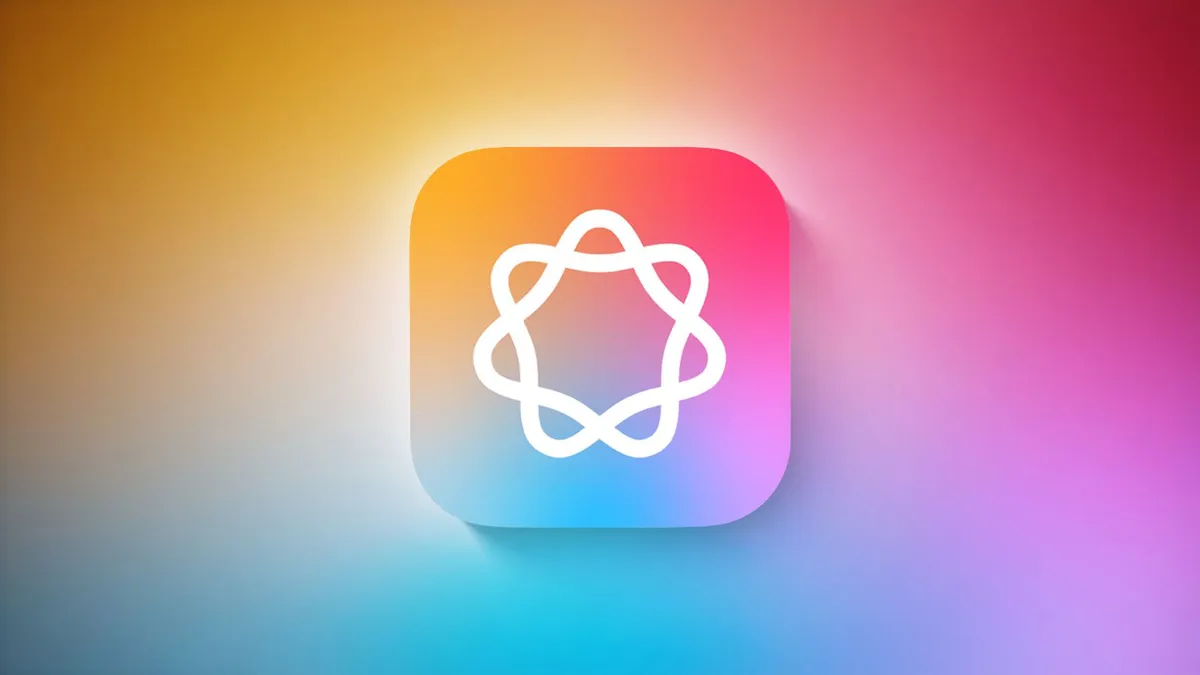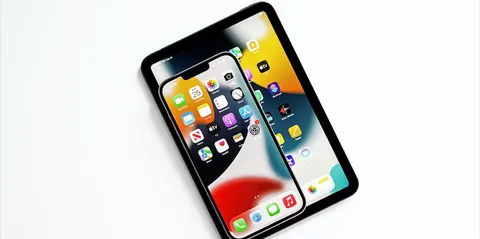Apple’s Big AI Moment Comes With a Privacy Balancing Act
When we started covering Apple Intelligence here at TechInform, one thing kept coming up in conversations: "It really seems far behind and kinda sucks but at least Apple’s got privacy figured out.” For years, that’s been their calling card — the company that won’t read your emails or track your every move just to make your phone smarter. But with AI booming and Apple trailing behind, they’re now walking a very fine line: upgrading their models without breaking the privacy promise.
This week, they unveiled a new method that dips very close to your personal data — without (they say) actually using it. As someone who’s trusted Apple to be the privacy-first company, I had to take a closer look.
What’s Changing: Smarter AI, Still on Your Device
Apple has long relied on synthetic data — basically, fake emails and messages that resemble the real thing — to train its AI. That’s great for privacy, but not always great for accuracy. Their models have been making embarrassing mistakes: botched summaries, clunky Writing Tool results, and “smart” notifications that feel more confused than helpful.
To fix that, Apple’s now trying something new: comparing synthetic data to actual user emails on your device (yep, your real inbox). But — and this is the key part — the data never leaves your device. Apple’s not slurping up your emails into the cloud or training its models on your personal messages. Instead, it checks to see which synthetic samples are most similar to your actual content, then uses that insight to improve the models more broadly.
It’s like a privacy-preserving audit — and Apple swears it won’t peek behind the curtain.
This method will be rolled out in the beta versions of iOS and iPadOS 18.5 and macOS 15.5, starting with developers.
What It’s Supposed to Improve
This new approach will directly impact Apple Intelligence features, including:
- Smarter notification summaries
- Better Writing Tools for polishing text
- Improved message recaps
- Visual features like Memories and Genmoji prompts
Apple’s also continuing to lean on differential privacy, a technique they’ve used for years to collect anonymous trends without exposing anyone’s individual data. For example, when a ton of people ask Genmoji to make a “dinosaur with a briefcase,” Apple notices that pattern, not you specifically.
It’s all opt-in, too. Only users who’ve enabled device analytics and product improvement features will be included.
What It’s Like Using This Stuff
So far, Apple Intelligence has felt like a B+ student trying to keep up with ChatGPT and Google Gemini. The promise is there — local processing, no data hoovering — but the actual results? Kind of clunky. Summaries that miss the point. Writing suggestions that read like they were lifted from a middle school essay.
If this new approach really helps Apple train better models without breaking its privacy vows, I’m all for it. But it’s going to take real-world use to prove it. I’m cautiously optimistic, but still watching for the fine print.
Trevor Score: 7.5/10 — Privacy-minded progress, but proof is still pending
This isn’t a formal review — it’s just how I felt using this thing. A gut-check from someone who actually used it.
Apple’s trying to thread the needle between improving its AI and preserving its biggest brand advantage: privacy. The new approach seems smart on paper, but we’ve yet to see how much it actually improves Apple Intelligence in practice. If it works, it could be the best of both worlds. But if it doesn’t move the needle on quality, it’s just a fancy dance around your inbox.
The Takeaway: Apple’s Walking the Line — Let’s Hope It Holds
Apple knows it can’t afford to be left behind in the AI race — but it also can’t afford to lose our trust. This move is their attempt to catch up without selling out. Whether it works will depend on how well their new training method actually improves things, and whether their promises about privacy truly hold up in the long run.
If Apple pulls this off, we’ll finally get smart AI without the usual “we’re watching you” tradeoff. And that’s something worth rooting for — cautiously.





